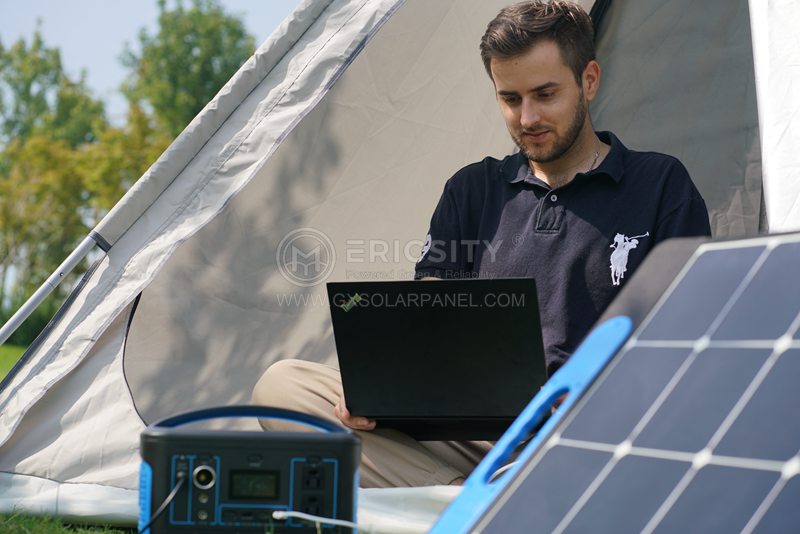HOT PRODUCT
Product Details
Choosing The Right Location: Where To Place Flexible Solar Panels On Your Rv
Choosing The Right Location: Where To Place Flexible Solar Panels On Your RV
When it comes to harnessing solar energy for your RV, flexible solar panels are becoming increasingly popular. They offer numerous advantages, such as lightweight design, easy installation, and versatility in terms of placement. However, it is essential to select the correct location to maximize the efficiency and effectiveness of your solar panels. In this article, we will explore the various factors to consider while deciding where to place flexible solar panels on your RV.



1. Roof vs. Ground Installation
One of the first decisions to make is whether to install your flexible solar panels on the roof of your RV or on the ground. Both options have their pros and cons. Roof installations are more common as they are convenient and do not require additional mounting structures. On the other hand, ground installations allow for easier access to clean the panels and adjust their angle for improved sun exposure. Consider your needs and preferences to determine which option suits you best.
2. Sunlight Exposure
To get the maximum benefit from your solar panels, they should receive direct sunlight with minimal obstructions. Therefore, prioritize locations on your RV that receive ample sunlight throughout the day, without being shaded by trees, buildings, or other structures. Depending on your RV’s design, this could mean placing the panels on the front, rear, or sides of the vehicle. Monitor the shade patterns at different times of the day to find the optimal placement.
3. Roof Material
If you decide to install the solar panels on the roof of your RV, consider the material of your RV’s roof. Flexible solar panels are compatible with various surfaces, including EPDM, TPO, fiberglass, and aluminum roofs. Ensure that your chosen solar panel type is suitable for the specific roof material to prevent damage or voiding any warranties. Additionally, it is advisable to thoroughly clean and prepare the roof surface before installation to achieve a secure and stable bond.
4. Weight Distribution
Another critical factor to consider is the weight distribution of your RV. Flexible solar panels are lightweight and will not significantly impact your RV’s weight, but it is still crucial to distribute the load evenly. Unequal weight distribution can affect the stability and handling of your vehicle. Consult your RV manufacturer’s guidelines to ensure you place the panels in a location that maintains the balance of your RV.
5. Orientation and Tilt Angle
While flexible solar panels can generate electricity even when not angled perfectly towards the sun, optimizing their orientation and tilt angle will significantly enhance their performance. Ideally, the panels should face south (in the Northern Hemisphere) or north (in the Southern Hemisphere) to receive the most sunlight throughout the day. Adjusting the tilt angle seasonally can further optimize efficiency, considering the angle of the sun changes throughout the year.

6. Wiring and Connection Access
When determining the solar panel location, ensure easy access for wiring and connecting the panels to your RV’s battery bank or inverter. Minimize the distance between the solar panels and your RV’s electrical system to reduce energy loss caused by long wire runs. Additionally, route the wires in a way that minimizes their exposure to potential damage from sharp edges or moving parts within your RV.
In conclusion, selecting the right location for your flexible solar panels on your RV plays a crucial role in maximizing their efficiency and overall benefits. Consider factors like sunlight exposure, roof material compatibility, weight distribution, orientation, tilt angle, and access to wiring and connections. Taking these factors into account will help you harness the full potential of your solar energy system, allowing you to enjoy a more sustainable, cost-effective, and eco-friendly RVing experience.




